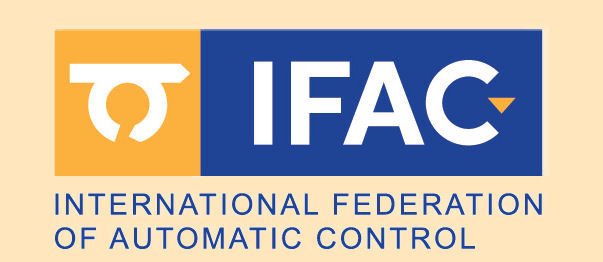| Paper FrBT2.3
Schöneberg, Eric (RPTU University Kaiserslautern-Landau), Schröder, Michael (RPTU University Kaiserslautern-Landau), Görges, Daniel (University of Kaiserslautern), Schotten, Hans (Univ of Kaiserslautern)
Trajectory Planning with Model Predictive Control for Obstacle Avoidance Considering Prediction Uncertainty
Scheduled for presentation during the Regular Session "Advanced Motion Planning and Navigation" (FrBT2), Friday, July 18, 2025,
14:40−15:00, Room 106
Joint 10th IFAC Symposium on Mechatronic Systems and 14th Symposium on Robotics, July 15-18, 2025, Paris, France
This information is tentative and subject to change. Compiled on August 2, 2025
|


 This site is protected by copyright and trademark laws under US and International law.
This site is protected by copyright and trademark laws under US and International law.